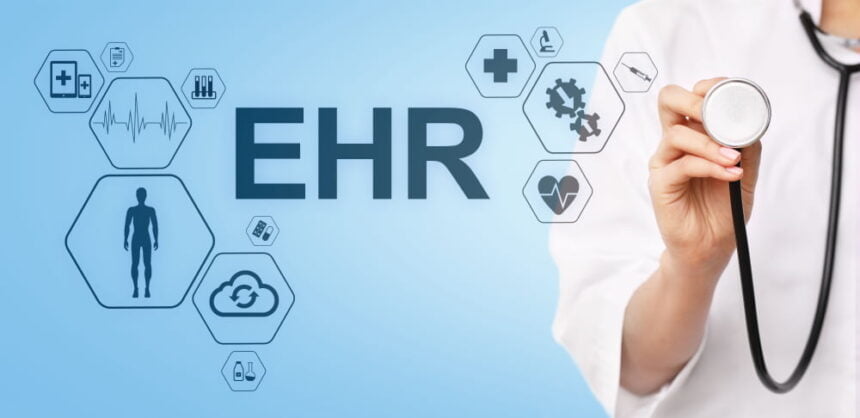As you may know, electronic health records are primarily used to let healthcare organizations and healthcare professionals securely and quickly access patients’ medical details.
Things like diagnoses, lab results, treatment plans, and radiology images can all be accessed in real-time, enabling a higher level of quality care and a lower expenditure on resources.
Even billing can be included in EHRs to help improve payment efficiency.
EHRs can undoubtedly improve your healthcare organization’s operational efficiency and productivity and provide patients with a better level of care. But for top-notch performance, organizations need to carefully adopt EHR system optimization strategies.
When EHRs are optimized in the right way, healthcare professionals can spend less time retrieving medical records, administrative burdens can become reduced, and usability of the EHRs can become easier for all concerned.
So, let’s take a look at some of the EHR system optimization strategies your healthcare organization can use to improve performance.
Customize Your EHR System for Your Organization’s Specific Needs
One of the most important EHR system optimization strategies is customization. You need to configure your EHR system based on your healthcare organization’s specific requirements.
For example, you should take staff workflows into consideration. Members of staff may want fewer intrusive alerts or frustrated clinicians may want tools that enable better multitasking.
However, be careful about your customization as too much unauthorized customization could cause problems for end users or make your system unreliable. Therefore, always test customizations that you make before implementing them.
Ensure Your Staff Receive Rigorous Training
You can have the most reliable EHR system in the world that has been customized in the best possible way for your specific healthcare organization. But unless your staff members are rigorously trained on how to use the system correctly, you won’t get top-notch performance out of your system.
Therefore, it’s crucial that you ensure all clinicians and other members of staff spend several hours learning everything there is to know about your customized system.
That will provide better communication and operation efficiency between different healthcare professionals and departments, and ease the pain points of healthcare providers.
All staff members should understand best practices and know how to use the EHR system for operational realities.
Maintain and Update Your EHR System
It’s important that you have technical professionals in charge of monitoring and maintaining your EHR system to ensure it’s always up-to-date and error-free.
For instance, if EHRs aren’t maintained correctly, it could lead to things like duplicate medical records and patient misidentification. In turn, that could lead to poorer patient care and could even result in medical negligence.
So, don’t overlook the importance of keeping EHRs accurately updated.
Use Database Performance Tuning
Following on from the last strategy, it’s vital that EHR systems undergo regular database performance tuning to ensure they’re running as efficiently as possible, just like you should do for any other database system.
For instance, when you use SolarWinds’ database tuning tools, you can reoptimize a database system from top to bottom using database tuning.
That could involve things like deploying clusters and reconfiguring operating systems according to how they’re used as well as identifying ways to improve overall performance and support end users.
Set Up a System to Receive and Incorporate Feedback
Lastly, never overlook the importance of feedback.
It’s not only crucial that you set up methods of receiving feedback from all professionals that use your EHR system. It’s also important that you listen to that feedback and act on it appropriately.
By being open to feedback and incorporating suggestions, you can significantly improve the usability of your EHRs and optimize workflows.

